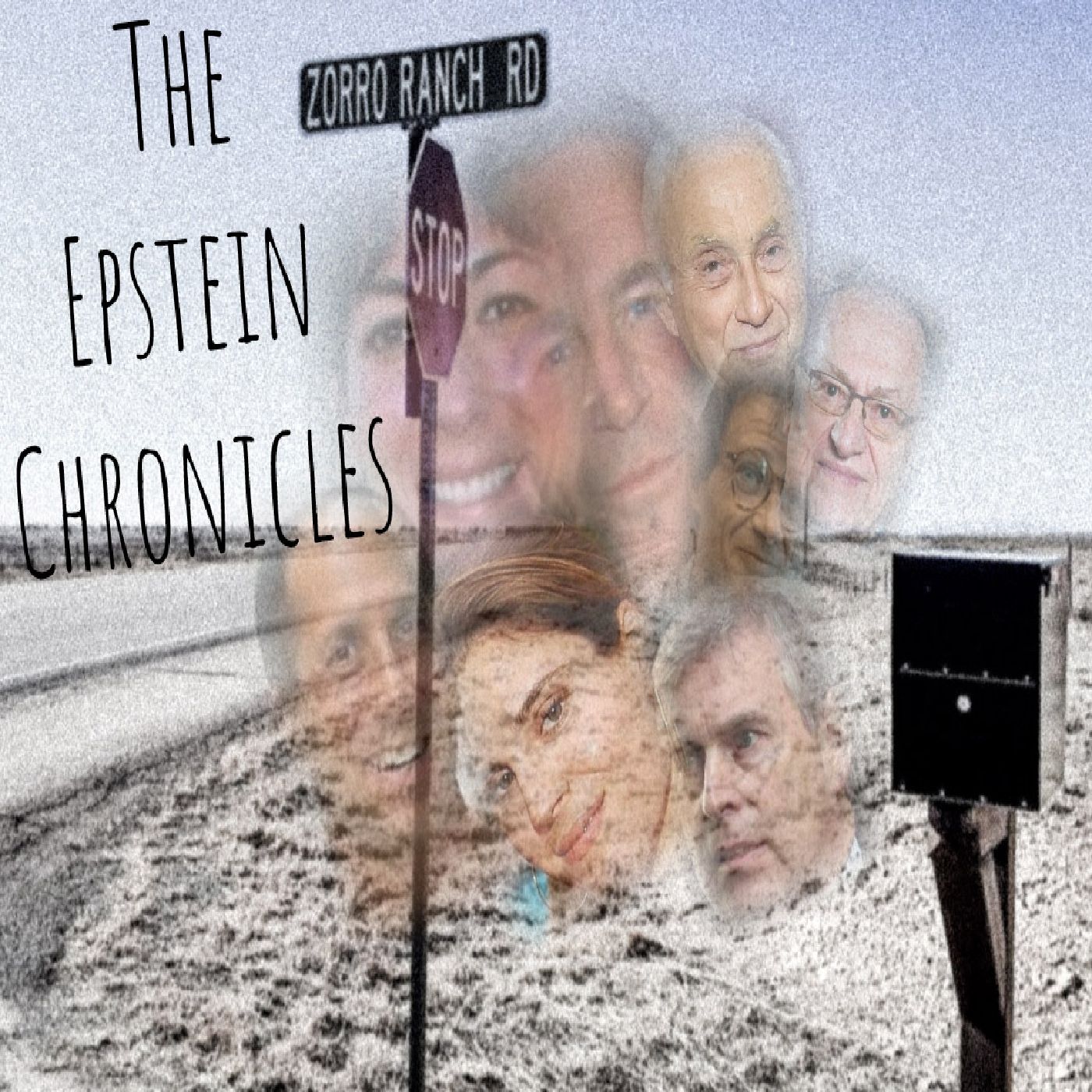Murder In Moscow: How DNA Will Be Crucial To The Prosecution Securing A Conviction (5/24/23)

DNA evidence has become a powerful tool in modern criminal investigations, often playing a crucial role in identifying and convicting criminals. Here is a summary of how DNA evidence is used in the process:
- Crime scene collection: When a crime occurs, investigators collect biological material such as blood, hair, saliva, or other bodily fluids from the crime scene. These samples may be found on weapons, clothing, or other objects relevant to the crime.
- Preservation and analysis: Collected samples are carefully preserved to maintain their integrity and prevent contamination. Forensic scientists extract DNA from the biological material and analyze it in a laboratory. The DNA is compared to the DNA profiles of known individuals, such as suspects or individuals connected to the case.
- DNA profiling: The extracted DNA is subjected to a process called DNA profiling, which examines specific regions of the DNA sequence that vary between individuals. This profiling creates a unique DNA profile, often referred to as a DNA fingerprint, which can differentiate one person from another with a high degree of accuracy.
- Database searches: DNA profiles obtained from crime scene evidence can be compared against DNA databases that store profiles of convicted criminals, arrestees, and unidentified individuals. If a match is found between the crime scene DNA and a profile in the database, it can provide a lead in identifying a suspect.
- Individual identification: If there is no immediate match in the DNA databases, investigators may collect DNA samples from potential suspects or individuals connected to the case, such as victims or witnesses. By comparing their DNA profiles to the crime scene DNA, investigators can exclude innocent individuals and focus on potential suspects.
- Statistical analysis: Forensic scientists and statisticians use probability calculations to evaluate the significance of a DNA match. These calculations estimate the likelihood of finding the observed DNA profile in the general population, aiding in assessing the strength of the evidence.
- Courtroom presentation: When DNA evidence is introduced in court, forensic experts testify about the reliability and significance of the findings. They explain the methodology used, the statistical analysis performed, and the match between the crime scene DNA and the defendant's DNA profile, if applicable.
- Corroboration with other evidence: DNA evidence is often used in conjunction with other types of evidence, such as eyewitness testimony, fingerprints, or surveillance footage. Corroborating evidence strengthens the overall case and supports the prosecution's argument for the defendant's guilt.
So, just how powerful is the DNA evidence against Bryan Kohberger? Let's talk about it!
(commercial at 8:51)
to contact me:
bobbycapucci@protonmail.com
source:
Bryan Kohberger's DNA on Knife Sheath Is 'Surefire' Evidence—Criminologist (newsweek.com)
This show is part of the Spreaker Prime Network, if you are interested in advertising on this podcast, contact us at https://www.spreaker.com/show/5003294/advertisement